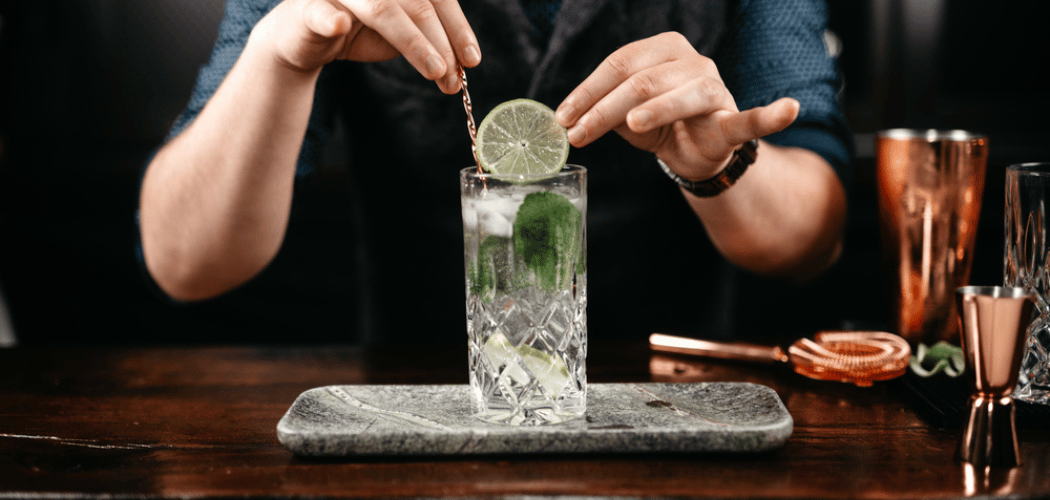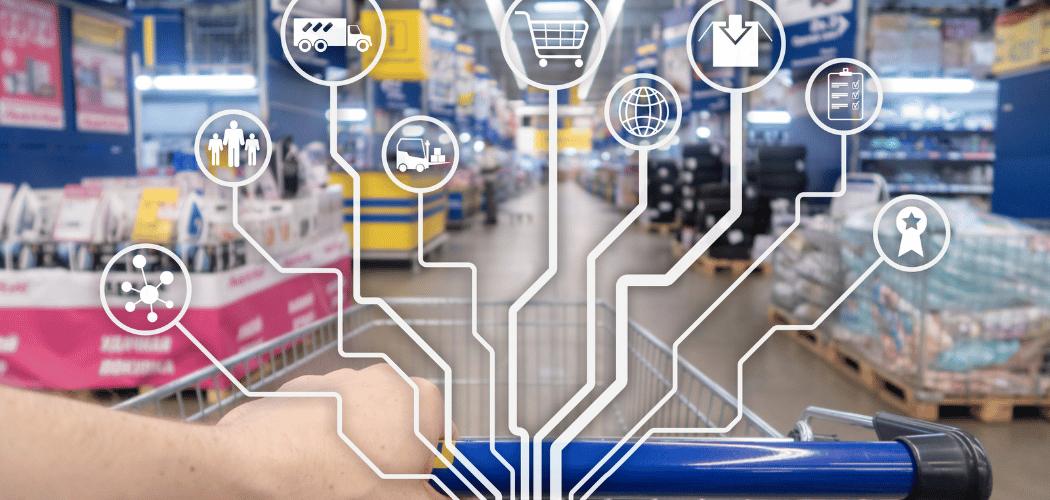Time and Convenience are joined by anti-anxiety as the most valuable loyalty currencies
Americans are – for the most part – time starved and living in attention deficit.
We’ve all heard the statistic depicting the attention span of human beings as slightly less than a goldfish, leading this loyalty marketer to pose the question Is Your Loyalty Program an Elephant or a Goldfish?
We have allowed the magic of technology to create time starvation in our lives. At an early age, humans are finding it difficult to separate from their technology. Research from Commonsense Media reveals that a typical day in the life of 11-17 year olds and their smartphone looks like: 237 notifications, 51 phone pickups, and 4.5 hours of use. Over half of participants (59%) in the research said they used their phones on school nights (defined as Monday through Friday between midnight to 5 a.m.). Sleep deprivation can lead to increased cortisol levels, an indicator of stress in the body.
But it’s not the smartphone that is the culprit, it’s the information feed on that device that is the reason we are losing sleep, engaged in distracted driving, and generally acting like a hot mess much of the day. Maybe the algorithm is more powerful than we thought. We also know now that multi-tasking, once thought of as a badge of accomplishment in a tech heavy world, is less efficient than we thought.
The competition for consumer attention is intense. Marketers understand the challenge of creating a voice that resonates in a very noisy world. Since the dawn of the VCR, television viewers have sought out ways to speed through commercials. Today, lovers of YouTube, Apple Music and other entertainment sources pay a premium to gain access to ad-free viewing. In other words, consumers are becoming accustomed to having to pay money to evade marketing messages. Doesn’t that paint marketing and advertising in a negative framework?
Creating a marketing message is easy, but gaining the attention of consumers to listen to that message - much less engage in a response mechanism - is the difficult task. Open your inbox, your LinkedIn or Instagram feed and you’ll feel the overwhelming crush of content directed your way. As a body of work, it competes for your attention. Most of it drains our time and has created a new daily to-do of “cleaning up the inbox”.
It’s no wonder that marketers have warmed up to the idea that “time” is the most valuable loyalty currency of this era. If your brand can create a value proposition that saves customers some time in their day and adds an element of convenience to familiar interactions, you’ve won a victory. In an interview with Rob McDonald, , CCO IAG Loyalty, he stated “research showed that members identified that a small behavioral change allowed them to earn rewards faster and for the first-time members were placing a high value on Avios as a savings vehicle. Some wanted to save money to help with their budget, while others sought out savings on specific items.” Saving money and saving time are the combined holy grail of today’s customer loyalty value proposition.
With time and convenience so important to most people, it is easy to understand why experiences are driving customer loyalty as much or more than the opportunity to collect points and mileage currencies. But there is a new human condition that is pervasive in American society today, and filling this gap may represent the next wave of loyalty strategy innovation.
It turns out that Americans are anxious. Not just a little, but a lot.
- The Wall Street Journal reported the uptick in anxiety in America is translating to an uptick in spending. A recent federal survey found that 27% of respondents reported they had symptoms of an anxiety disorder, up from 8% in 2019, according to the National Center for Health Statistics.
- Cases of unruly air travelers — including drunks and brawlers — spiked by 47% globally between 2021 and 2022, with a total of 250 in the US referred to the FBI, according to an International Air Transport Association report.
- Theft and violence is invading the retail shopping experience and the New York Times reports some retail workers are fearing for their safety. The much-loved balm of “retail therapy” is now taken away in many larger cities as shoppers have to be conscious of their surroundings more than ever, not knowing if an unsettling incidence of violence, theft, and mayhem might occur.
What if your brand could create a loyalty offer that addressed the “anxiety epidemic” in your customer base? I’d say that any brand able to reduce friction, fear and in turn anxiety would create a strong attraction among most customer bases.
How would this work?
For e-Retailers
Use information to create confidence
- Be transparent and consider over-sharing information about your product or service. Maybe even illustrate competitive comparisons so that customers can confidently select your product over another, knowing that the model/version/edition they select is the one that will give them the benefits they are seeking. That’s what attracted them to your brand in the first place.
Reduce choices
- Leverage your treasured behavioral data to create smart, data driven recommendations. The more precise your offer, the more direct the path to purchase for the customer. Consider offering a smaller range of options to eliminate paralysis by analysis.
Reduce FOMO
- Make it possible for members to access offers even after a general expiration date is given to the general customer base. The feeling that “I can’t miss out” is attractive for most people.
For Brick-and-mortar retailers
Clear up the fine print
- Don’t be as clever with your marketing copy. Be direct. Express authenticity. Make your return policy more friendly. Offer a shopping environment that is as stress free as possible.
Provide Security as a “bonus”
- Instead of “early notice sales”, provide private areas for select customers to try on garments. Revive your old personal shopper strategy, this time with a focus to deliver a sense of protection and safety above even recognition and convenience.
Mall Operators
- Provide clear access to parking and make valet available for free for high tier customers. Take away fears from shoppers who might otherwise be concerned to go to the mall by themselves or with children.
For all Retailers
- Eliminate the Loyalty Asterisk, the elements of your loyalty program Terms and Conditions that confound members. Let’s be honest and say that very few customers read the T&C’s that you have carefully crafted with your legal department. It’s sensible to protect yourself but resist the temptation to include conditions of performance that dilute value and disappoint customers.
- The premise of Marketing at the 10,000-foot level is to connect customers with your products. Too bad that modern marketers continue to invoke techniques that deceive and attempt to manipulate their customers.
- If your promotional strategy is built around stimulating fear, anxiousness, guilt, then you are doing it the wrong way. People don’t want more stress.
Human behavior theory tells us we are competitive by nature, but that doesn’t mean people are seeking out more stress. They will compete and “play the game” with your brand, but you should make the rules of the game very clear. You should be sure your promotional structure is meant to “surprise and delight”, not “surprise and disappoint”.
If you filter your Loyalty Marketing strategy through the lens of anxious and stressed-out consumers, you’ll find many other ways to relieve that stress and lower their anxiety. If you do this, you will build customer confidence in your brand, leading to trusted relationships that engender authentic brand loyalty over the long haul.




